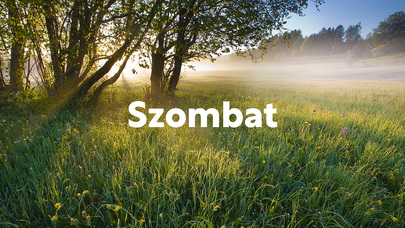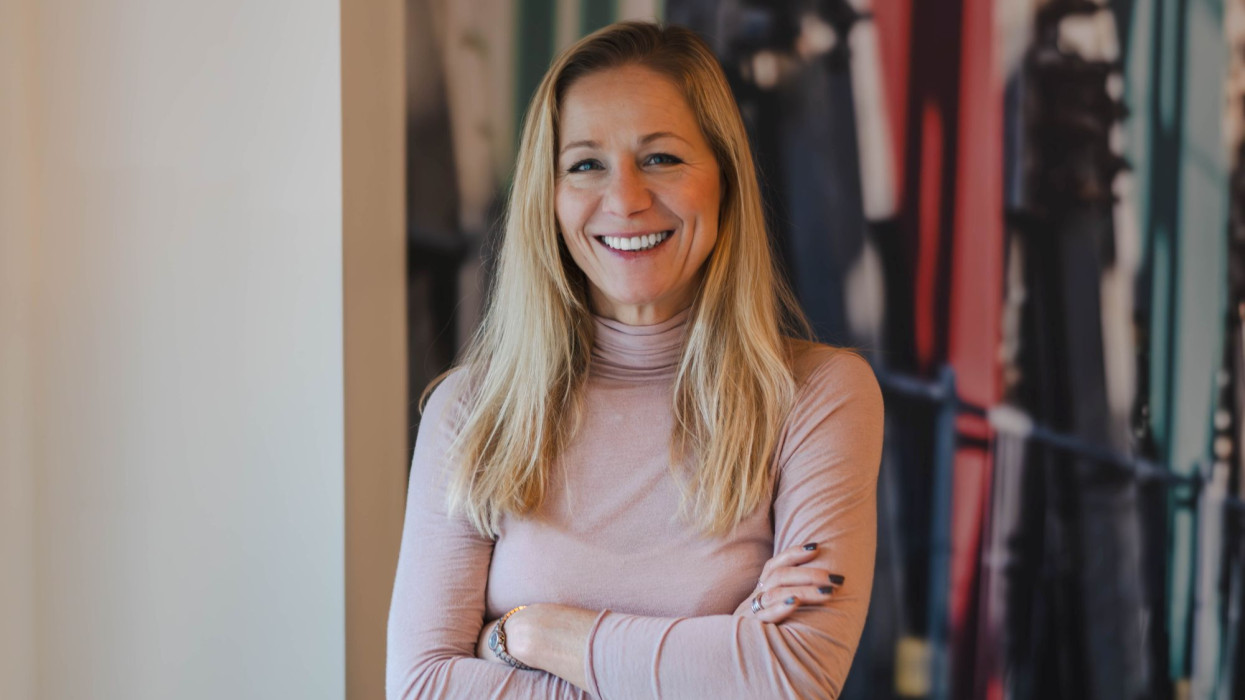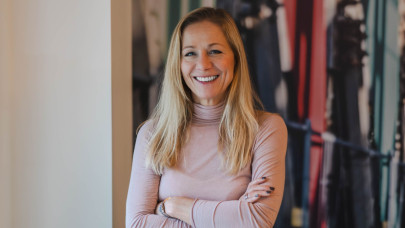High investment level continues despite dissimilar business developments in agriculture Germany: Farmers are optimistic and many plan investments – Europe: Business situation and expectations cool off in United Kingdom, Poland shows confidence about business development and high investment level, France displays moderate increase in willingness to invest despite slight downturn in business expectations.
Europe's agricultural sector remains characterized by a high investment level, despite dissimilar national business developments. While farmers in Germany and France are increasingly planning investments and readiness to invest remains steady in Poland, farm managers in the United Kingdom are restricting their investment activities. This is shown by the results of the Trendmonitor Europe published by DLG (Deutsche Landwirtschafts-Gesellschaft – German Agricultural Society) in spring 2013. According to the findings, German farmers assess their current business situation as being better than ever before and are optimistic regarding business development in the coming twelve months. Investment plans are increasing distinctly as well. “The willingness of German farmers to invest has risen by eight percentage points compared with autumn 2012 to now 57 percent and has thus almost reached the maximum level of the spring survey achieved in the boom year 2008 again”, explained Dr. Achim Schaffner, Head of the Economics Department at DLG, presenting the results at the DLG Exhibitor Workshop in Osnabrück on 18 April 2013. The DLG economist attributes this very positive development in Germany to the high price level for grain and oilseeds, and the reductions in feed prices that have been apparent since autumn 2012. A further positive aspect was that access to bank loans at favourable rates had improved further since autumn 2012. Farmers were using the favourable investment conditions consistently to develop their farms. The main goal of investments for farmers in Germany is to improve cost-effectiveness by reducing unit costs.
Results differ across Europe
As the survey shows however, the present conditions for farmers in Europe vary widely. Whereas in recent years assessments of the current business situation and the expected business development proceeded almost identically, although at different levels, in the present survey they differ distinctly from each other.
The situation for Polish farmers proceeds in a similar fashion to that for German farmers. The Polish farmers too are profiting from the present market developments. The assessment of both the current business situation and business prospects has continued to brighten. The willingness to invest is at a high and stable level of 55 percent. The Polish farmers surveyed are set for expansion. For them, the main reason for investments is to expand existing capacities.
French farmers assess their current business situation as stable, but are less optimistic about expectations of business developments than they were in autumn 2012. The farmers fear economic disadvantages as a result of the imposition of additional production requirements for implementing the EU Water Framework Directive that are currently being discussed. Furthermore, the position of animal farmers is difficult. Despite this, readiness to invest has increased moderately by two percentage points to now 37 percent. Thus investment willingness in France has increased continuously since the spring survey in 2010. French farm managers are catching up on postponed investments and expanding their capacities.
Farmers in the United Kingdom who managed to remain stable during the low price period of the years 2008/2009 are currently in a difficult situation. This is reflected clearly in their assessment of the business situation and expectations of business developments. Both the assessment of the current business situation and expectations of business development have cooled down. Willingness to invest has plummeted from 40 percentage points in autumn 2012 to now 25 percent. Reasons for this include the poor harvest conditions in 2012 with under-average yields and poor qualities, as well as the poor drilling and planting conditions in autumn 2012. Animal farmers are also under pressure in view of the strong need to buy in additional feeds and the high feed costs. For farmers in the United Kingdom, the main goal is to secure liquidity, which leaves little scope for investments.
Shifts between areas of investment in Germany
Shifts are apparent in the areas of investment. German farmers plan to invest 47 percent of their planned total investment in field operations. This represents an increase of four percent by comparison with the autumn survey. Farmyard work will account for 42 percent of planned investments (same level as during the autumn survey 2012). The survey shows that 11 percent of investments are set to flow into bioenergy, representing a dip of four percent by comparison with autumn 2012.
With the DLG Trendmonitor Europe, DLG offers an instrument for agribusiness twice a year – in spring and after the harvest in September – that provides information about the current mood, business development and willingness to invest, as well as about the most important trends and expectations for the future of leading farmers in Europe. The DLG Trendmonitor Europe is produced together with the agricultural market research institute “Kleffmann Group” (Lüdinghausen, Westphalia). At present altogether 2,350 German, French, British and Polish farmers are questioned in the surveys.
Source: agritechnica.com
Címlapkép: Getty Images







